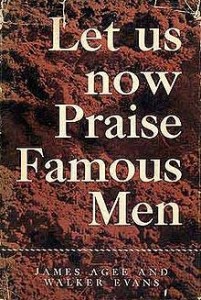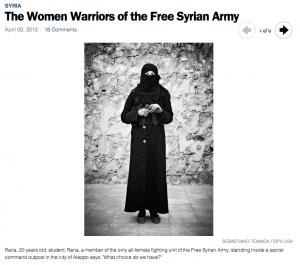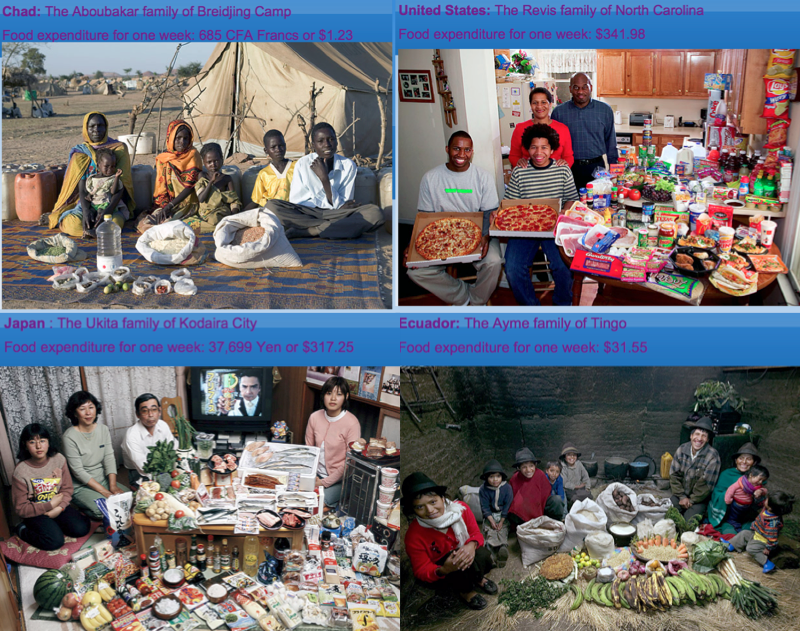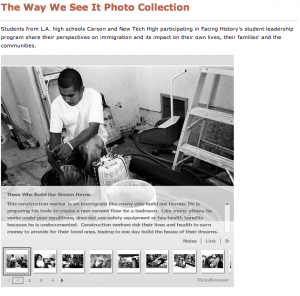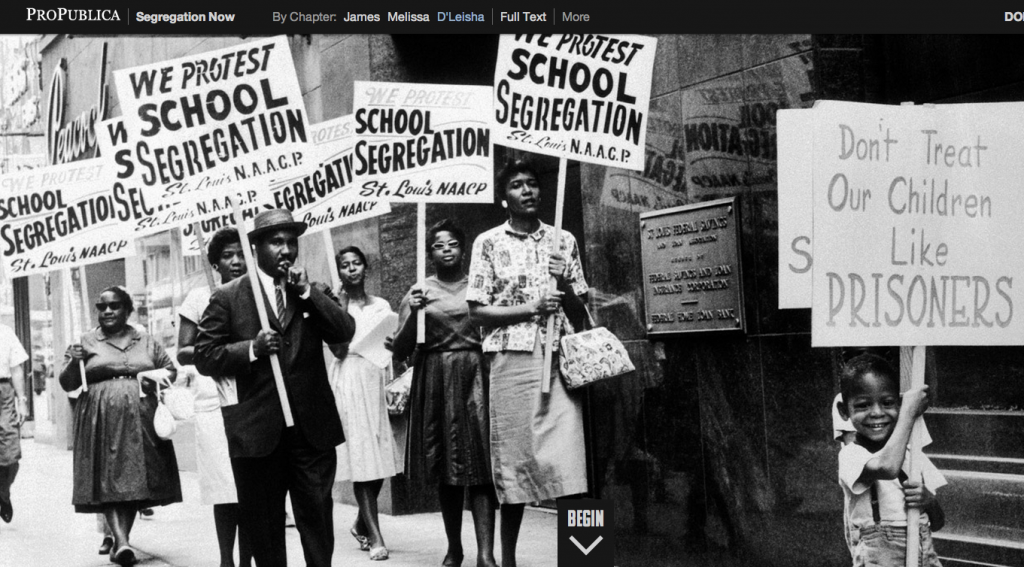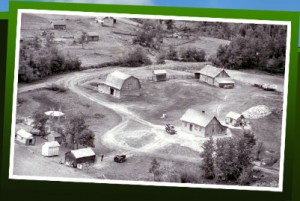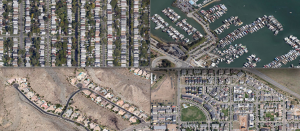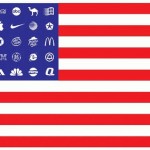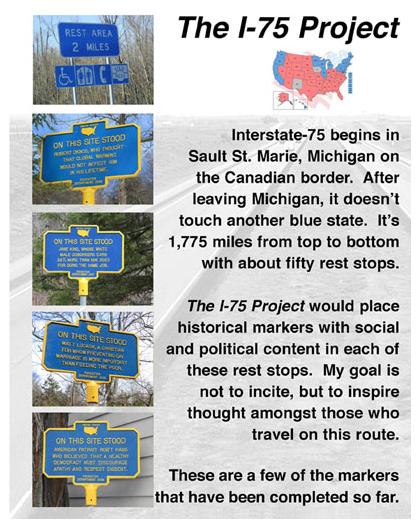I’ve written a few posts about metaphors including their centrality to how knowledge about and action in the social world is constructed [The Power of Metaphors] and how to use a metaphoric lens during data analysis [Making Sense of Metaphors].
People use metaphors often as a short-hand, a way to capture complex ideas and relationships; to direct attention in a particular way; and often to present a moral view. In British Columbia where I live the province is in the midst of a fairly pitched battle between the teachers union and the government (ok so I’ve already tipped my hand in terms of the metaphor I use in talking about these labor relations). A rising chorus of voices have begun to use the metaphor of labor relations as marriage, not surprisingly since both the teachers union and the government claim to have the best interests of children at heart.
The labor relations as marriage works on a number of levels and not on many others. But, it is dominant in the media, the rhetoric of the union and the government, school administrators, students, and analysts. So, it needs to be taken seriously to understand the impasse in negotiations (and indeed the now decade old acrimonious relationship between the two) and using this understanding to both think and then act differently.
Here’s a link to the article: Does It Help to Say the BC Teachers and the Government are in a Bad Marriage?

 Follow
Follow

